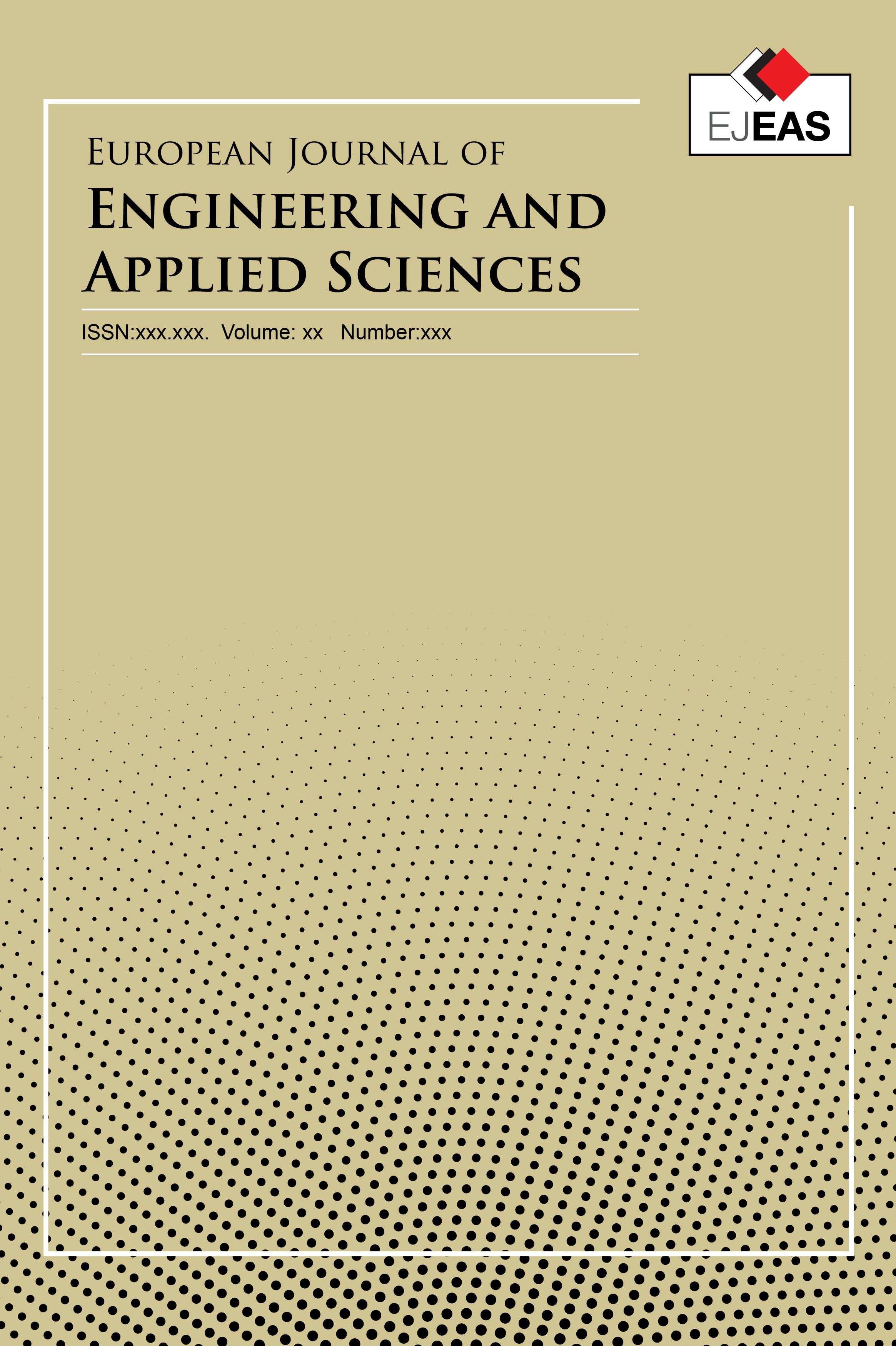Halılarda İlmek Çıkma Sorunu İçin Yenilikçi Bir Çözüm Yaklaşımı
Sıkıştırma geri kazanımı, Düşük erime sıcaklığına sahip polimer, Wilton halı, Hav Çekme, Katlı ipliği
An Innovative Solution Approach for Carpet Pile Pull out Problem
Compression-recovery, Low-melt polyester, Pile withdrawal, Ply yarn, Wilton carpet,
___
- Crawshaw, G. H. (2002). Carpet Manufacture, WRONZ Developments, New Zealand.
- Goswami, K. K, (2009). Advances in carpet manufacture, Woodhead Publishing Limited and CRC Press LLC.
- Uyanık S, (2012). Makine Halısı Üretimi, Öncü Basımevi, Ankara, Turkey.
- Çelik, H.I., (2017). Effects of fiber linear density on acrylic carpet performance, Journal of Engineered Fibers and Fabrics, 12 (1), 1-11.
- Javidpanah, M., Shaikhzadeh, N.S., & Dayiary, M. (2015). Study on thickness loss of cut-pile carpet produced with heat process modified polyester pile yarn. Part II: dynamic loading, The Journal of The Textile Institute, 106(3), 236-241.
- Sarıoğlu, E., Kaynak, H. K., Çelik, H. I., & Vuruşkan, D. (2019). Effects of structural parameters on compressibility and soiling properties of machine woven carpets, The Journal of The Textile Institute, 110(9), 1263-1270.
- Carr, W.W., Teng, S.H., Ok, H., Dong, H., Park, H., & Reed, M.W. (2010). The effects of drying parameters and conditioning on mechanical properties of latex‐backed carpet, The Journal of The Textile Institute, 101(10), 898-905.
- Celik, N., Kaynak, H. K., & Değirmenci, Z. (2009). Performance properties of Wilton type carpets with relief texture effect produced using shrinkable, high bulk and relaxed acrylic pile yarns, AATCC Review, 43-47.
- Javidpanah, M., Shaikhzadeh, N., S., & Dayiary, M. (2014). Study on thickness loss of cut-pile carpet produced with heat process-modified polyester pile yarn. Part I: static loading, The Journal of The Textile Institute, 105(12), 1265-1271.
- Javidpanah, M., Shaikhzadeh N., S., & Dayiary, M. (2015). Study on thickness loss of cut-pile carpet produced with heat process modified polyester pile yarn. Part II: dynamic loading, The Journal of The Textile Institute, 106(3), 236-241.
- Dayiary, M., Shaikhzadeh N., S., & Shamsi M. (2010). An experimental verification of cut-pile carpet compression behavior, The Journal of The Textile Institute, 101(6), 488-494.
- Dubinskaite, K., Langenhove, L. V., & Milasius, R. (2008). Influence of pile height and density on the end-use properties of carpets, Fibres & Textiles in Eastern Europe, 16, 3(68), 47-50.
- Koc, E., Celik, N., & Tekin, M. (2005), An experimental study on thickness loss of Wilton-type carpets produced with different pile materials after prolonged heavy static loading: part 1: Characteristic parameters and carpet behavior, Fibres & Textiles in Eastern Europe, 13(4), 56–62.
- Celik, N., & Koc, E. (2007). An experimental study on thickness loss of Wilton type carpets produced with different pile materials after prolonged heavy static loading. Part 2: energy absorption and hysteresis effect, Fibres & Textiles in Eastern Europe, 15(3), 87-92.
- Özdil, N., Bozdoğan, F., Özçelik, K. G., & Süpüren, M. G. (2012). Compressibility and thickness recovery characteristics of carpets, Journal of Textile & Apparel/ Tekstil ve Konfeksiyon, 22(3), 203-2011.
- Carr, W.W., Teng, S. H., Ok, H., Dong, H., Park, H., & Reed, M.W. (2010). The effects of drying parameters and conditioning on mechanical properties of latex‐backed carpet, The Journal of The Textile Institute, 101(10), 898-905.
- Watzl, A., (2004). Latex-Free Tufted Carpets, Textile World,154(11),40-41.
- ISSN: 2651-3412
- Yayın Aralığı: Yılda 2 Sayı
- Başlangıç: 2018
- Yayıncı: Tekirdağ Namık Kemal Üniversitesi
Yün Dokuma Kumaşların Çekme Davranışları Üzerine Bir Çalışma
Fatih KARAASLAN, Hikmet Ziya ÖZEK
Pelin ÖZTÜRK, Hafiz ALİSOY, Reşat MUTLU
Halılarda İlmek Çıkma Sorunu İçin Yenilikçi Bir Çözüm Yaklaşımı
Halil İbrahim ÇELİK, Özkan BOZOĞLAN
Fire-off’un Pamuk ve Pamuk/Polyester Kumaşlarda Yanma Davranışının İncelenmesi
Günay YILDIZ TÖRE, Burak SARIGÜL
RFID Tabanlı Üretim Takip Otomasyonu Sistem Tasarımı ve Uygulaması: Metal Sektörü Saha Çalışması
Metal Tel İçeren Kumaşların Isınma ve İletkenlik Özellikleri
